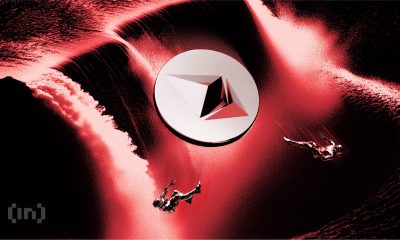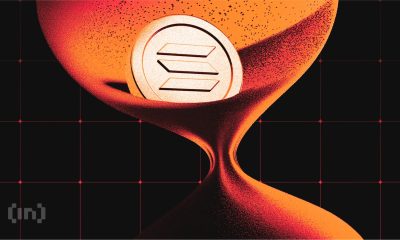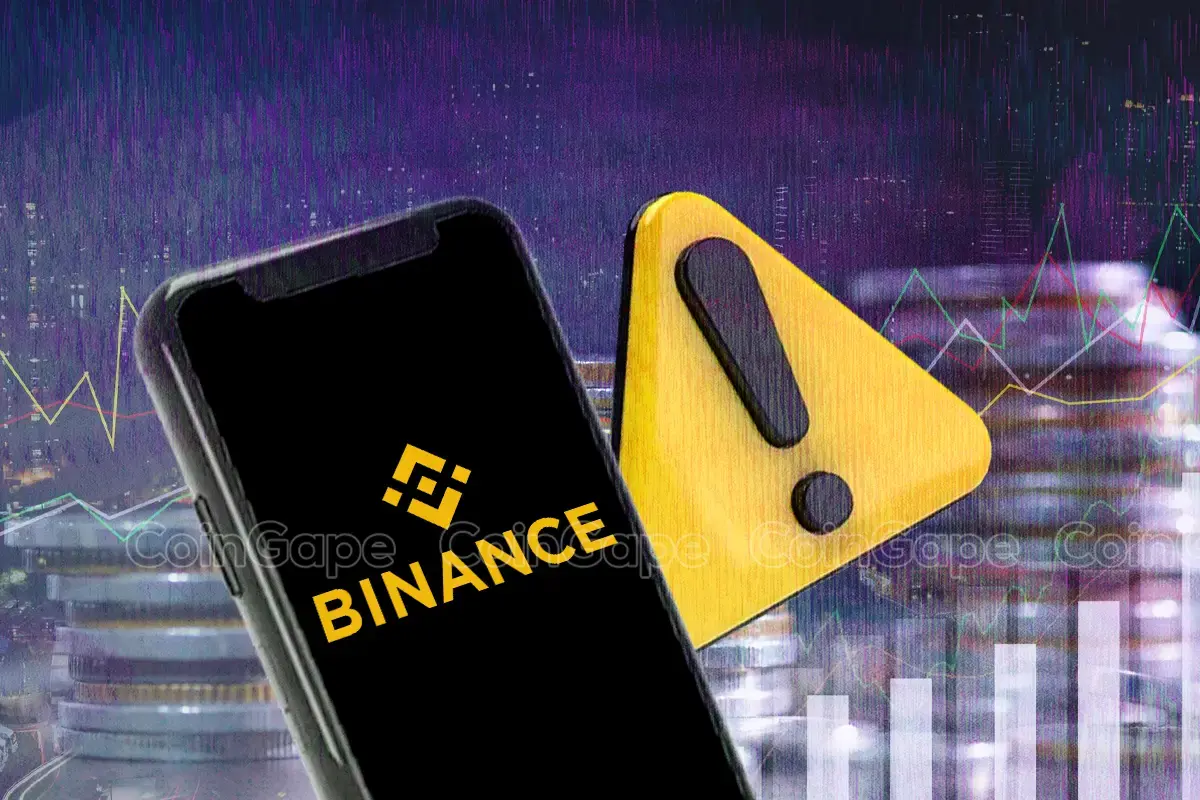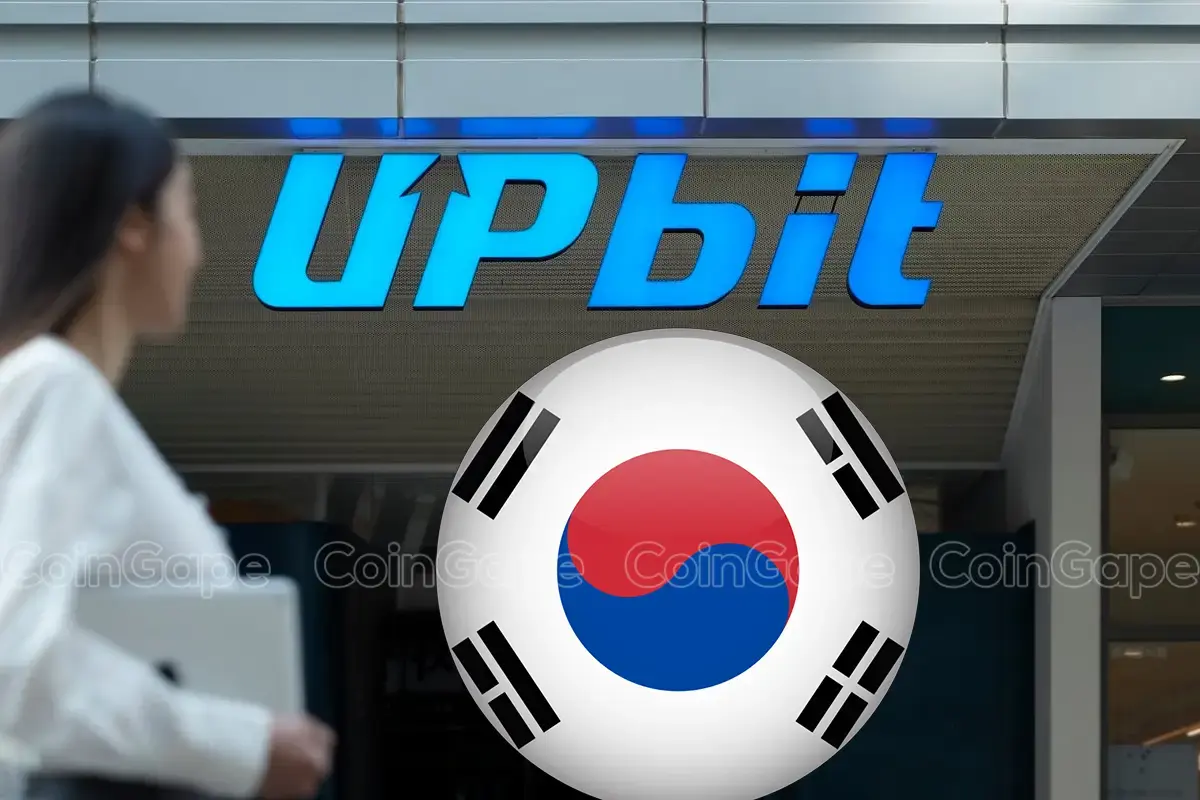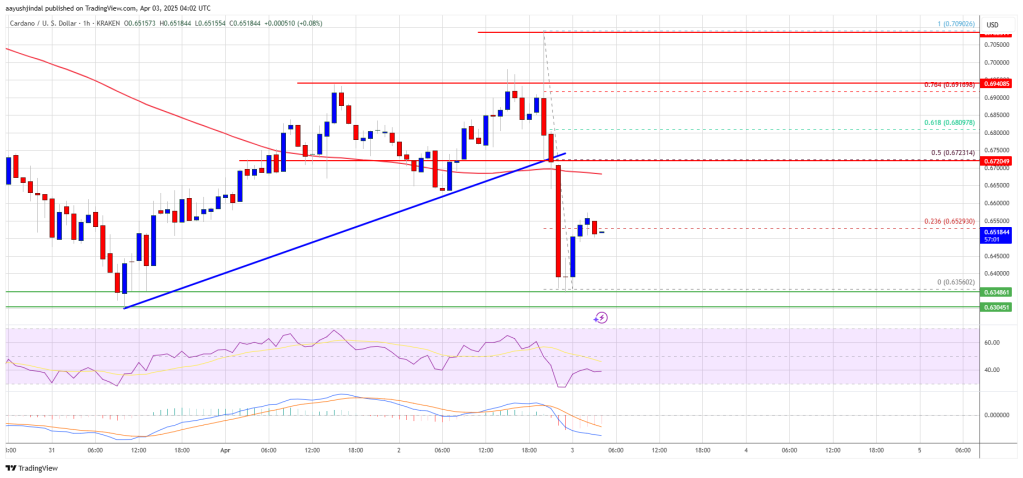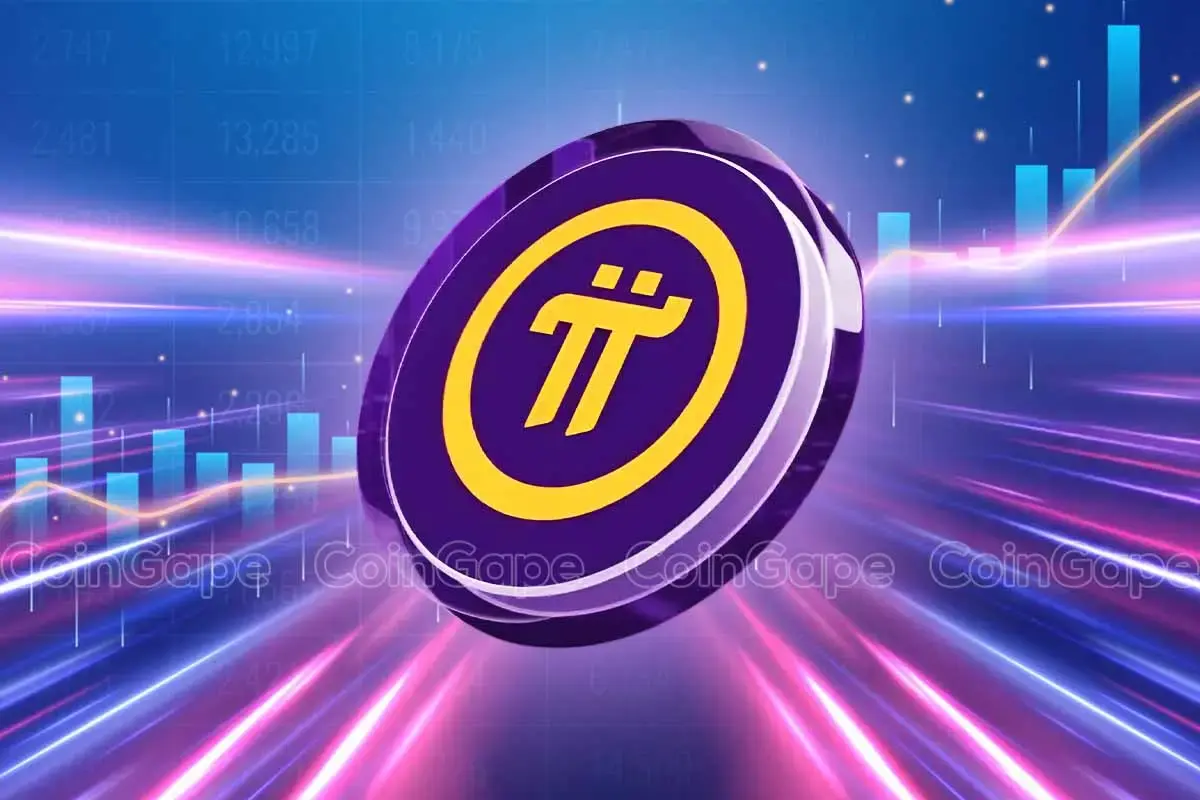Market
VP Matt Sorg on How Solana’s Scaling and Transaction Issues

As the blockchain ecosystem expands, Solana aims to stay ahead of increasing demand through technical innovation and proactive problem-solving. Solana’s ability to handle more transactions than all other blockchains combined demonstrates its live operational capabilities. However, with growth comes the inevitable need to continually enhance infrastructure.
In a recent exclusive interview with BeInCrypto, Matt Sorg, the Vice President of Technology at Solana Foundation, discussed a range of topics — from Solana’s technical challenges and its efforts to tackle transaction congestion to maintaining decentralization and network security.
What makes Solana an attractive ecosystem for startups and developers?
Solana is representative of an ecosystem with which to collaborate with your application. Both of those things are pretty attractive for a startup.
You do not have to carve out a whole new ecosystem and make sure there are wallets and on- or off-ramps and USDC and USDT. You don’t have to worry about that. That is all there for you on Solana.
So, it’s really important for a startup to focus on its core competency. You’re not having to reinvent the wheel.
Developing on Solana really kickstarts people from that, and they don’t have to think about it. I think that’s part of the reason why the Solana applications have been relatively successful. The applications can concentrate on the unique thing they’re delivering to the world, not the infrastructure.
What do you see as the key technical challenges developers face when trying to enter the Solana ecosystem?
First off, it’s kind of like the same thing with focus. I think there are so many chains and infrastructure out there.
There’s this joke that there are more chains than apps, which I think is actually kind of true right now. There’s just an enormous amount of different chains and L2s and whatever pops up. So, I think that lack of clarity can make it hard for a founder to know where to shift to.
Solana is like a very low-friction, high-performance chain, but everybody promises that. The thing that we have is that we show it live. It’s not just like a promise of that.
Solana does more transactions per day than all the blockchains combined. That both means a supply and demand thing. Both chains are capable of doing it live and at very low fees.
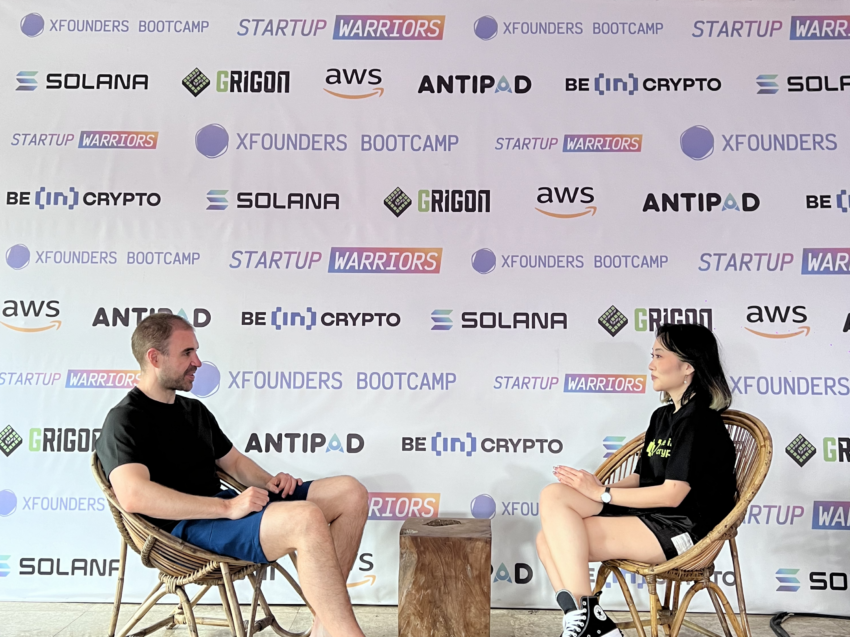
Solana is known for its high throughput and low latency. What challenges arise when trying to maintain these performance levels as the network scales?
We have really pushed the needle on this. You can see we’re pushing it so hard that, as a lot of people saw in the early days, there were some outages.
The severity and duration of those are overblown, but any outage is not great. That has definitely improved over time. Part of it is just if you’re going to try to stretch the limits.
A lot of the other chains are single sequencers, very, very by design. They have low throughput and less room for error. There are fewer things that can trigger things. It’s just less complex.
But you’re only going to do 17 TPS if you lock yourself into that kind of thing. There’s no other EVM chain that really does more than 100, whereas Solana has, in live environments, done over 8,000. And that’s just from applications, not including votes.
Can you explain how Solana proactively addresses bottlenecks as demand continues to increase?
Every single time you 10x, you run into a new 10x demand and a new infrastructure challenge. It’s just the way things work generally.
One of our challenges is when that happens, it’s usually just some engineering concern. The most recent one that happened in April was some consistent congestion. It was hard to land transactions and stuff.
And there was all this FUD about failing transactions and all this noise. Failing transactions aren’t a big deal. The issue was actually earlier in the stack.
It was the Web2 components of the stack, the way that we implemented QUIC. It was using a library called Quinn, which is an open-source library from Google. We just had to rewrite it.
Are there any tools or SDKs within Solana’s ecosystem that developers should be excited about?
There’s a lot. There’s actually a very robust ecosystem. First, the chain itself has some properties that are basically SDKs to mint NFTs or mint tokens. You can use SPL tokens, Metaplex NFTs, or a variety of both of those things to mint them.
As a developer, you’re using already on-chain code that’s already audited. All I’m doing is submitting my configuration, which can be JavaScript, a game engine, Python, or Rust.
But it’s just normal front-end stuff. You don’t have to get re-audited in order to do that. If you want custom on-chain code, then yes, you need to do SVM, Rust, and on-chain stuff, but a lot of collaborative apps are out there that you don’t need to do that kind of thing.
Solana recently made headlines due to the rise of meme coins on the network. How does the Foundation view this surge in interest?
It’s a wild ecosystem. Legitimately, two of the founders of Solana will say anything on Twitter, and there’s just a meme coin of it, like five seconds later or usually multiple meme coins that are making fun of whatever they said.
I would say you can map it pretty closely to a lottery or casino. These are zero-sum games. You have people competing with each other at the end of the day. You don’t need infrastructure or development underneath it—just the narrative because that’s what you’re trading on with L2s.
I think part of why many L2s and L1s have struggled is because if they don’t have users yet, why not just trade the meme coins? If all you’re trading on is narrative, just go straight to the most liquid memes.
Cross-chain interoperability is becoming increasingly important. Does Solana have plans to enhance its interoperability with other chains?
Solana itself is very composable. All the transactions are composed of multiple instructions. Those instructions can be across a variety of smart contracts or what we call programs. Part of the reason Solana is so great is like Jupiter; for example, whenever it does a swap, it interacts with any number of DEXs to find you the best prices across a variety of them.
Solana is very composable and atomic, meaning all transactions happen or none do. So, it’s a very good user experience. Like I want to do something, oh, it’s going to happen, or it’s not, which, by the way, gets back into what I was mentioning earlier.
That’s where failed transactions come from. Sometimes, one of the conditions of the trade isn’t met, so it fails, and that should fail. If that condition isn’t met, it’s like something that you have defined for it.
It’s not the chain itself that is processing that failed transaction perfectly fine. It’s just that the condition wasn’t met. And that’s the first thing: Solana is already, at its core, all about composability.
The extra things that we’re concentrating on are bridges. The idea that we’ve talked about a couple of times now is that Solana has this low friction, and that’s where finance will go. So, being as connected to as many places that issue assets as possible is really important.
This isn’t us trying to replace any other chain or whatever, but if valuable assets are on some other chain and they want to interface with the liquidity and functionality of Solana, we want to make that as easy as possible to lower the friction so it flows to Solana, where there’s other liquidity and other functionality. So yeah, tons of bridges are coming out.
This is called intents, which are basically cross-chain, implicitly defined things that you want. Usually, there’s a bunch of fancy technologies underneath, like ZK, to prove that the intent was fulfilled. We’re working with some of the intent providers that are doing that.
As Solana validators continue to expand, what measures are in place to optimize decentralization and network security?
First, I want to make sure that it’s clear that the Solana validators are permissionless. They can enter and exit just as they please, and the protocol just adjusts. This is very different from many L2s and other L1s.
Ethereum is also permissionless, but even that requires 32 Ethereum to be minimal. Solana’s minimum is one. To be profitable, you need a lot more than that, but it is a permissionless protocol.
For security, there are a lot of developments. The most notable one that you’ll hear more about in the coming weeks is Firedancer, the second validator client on Solana, which gives validators more options on which client they want to run and also offers some redundancies. So if there’s ever a fault in one, the validators can hot-swap to the other. It’s a pretty powerful paradigm in terms of resiliency.
What is Solana’s long-term vision for decentralization and scalability?
The goal of Solana is to be this global synchronization of any data. Obviously, if you care about global synchronization, it probably had some value — financial data for sure, as well as DePIN data.
We’re less opinionated on exactly how it’s used. It’s a permissionless chain that we want to be able to facilitate finance and businesses. No animosity at all; we just want businesses to be set up for success.
Disclaimer
In compliance with the Trust Project guidelines, this opinion article presents the author’s perspective and may not necessarily reflect the views of BeInCrypto. BeInCrypto remains committed to transparent reporting and upholding the highest standards of journalism. Readers are advised to verify information independently and consult with a professional before making decisions based on this content. Please note that our Terms and Conditions, Privacy Policy, and Disclaimers have been updated.
Market
Cardano (ADA) Downtrend Deepens—Is a Rebound Possible?
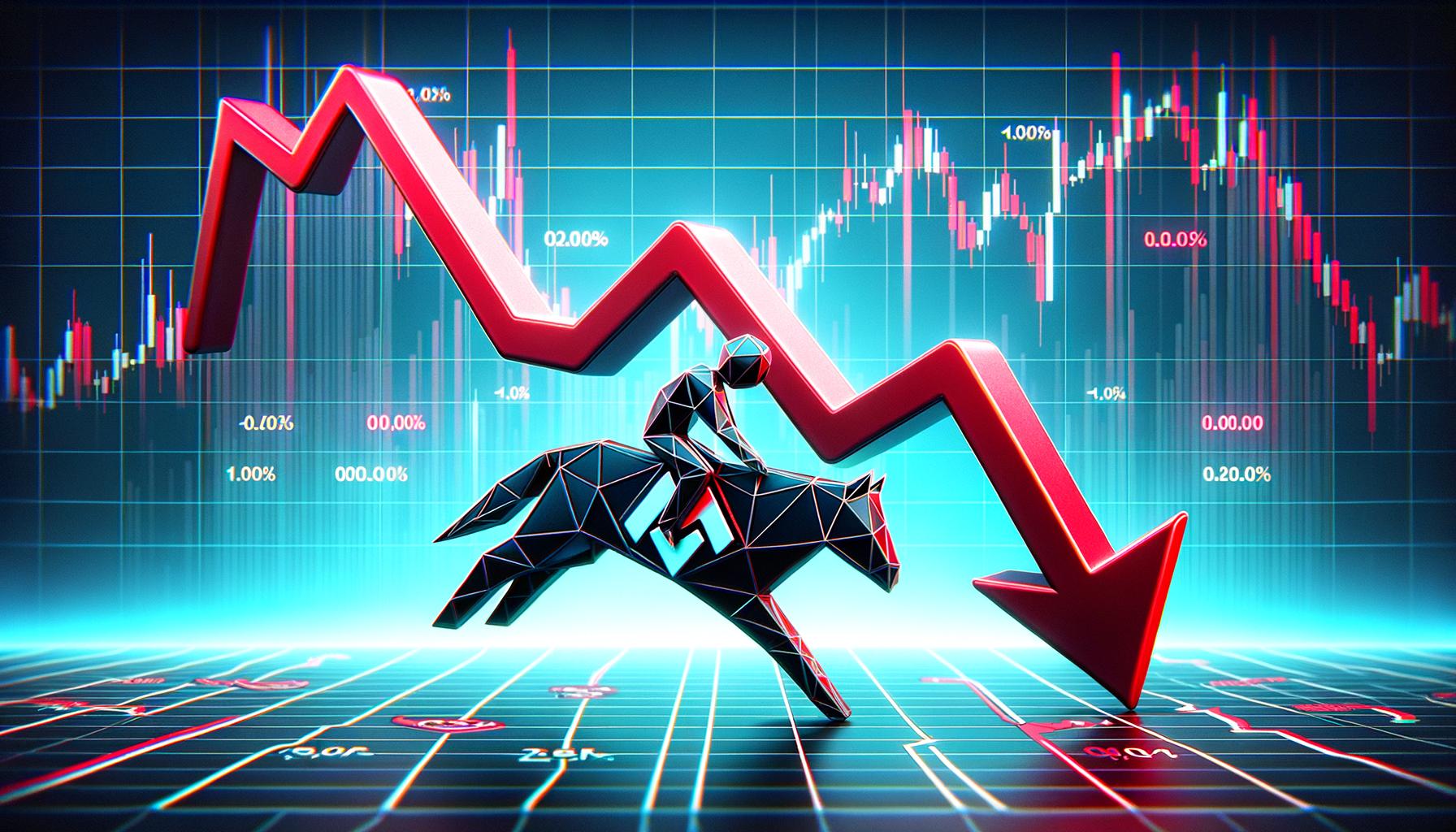
Cardano price started a recovery wave above the $0.680 zone but failed. ADA is consolidating near $0.650 and remains at risk of more losses.
- ADA price failed to recover above the $0.70 resistance zone.
- The price is trading below $0.680 and the 100-hourly simple moving average.
- There was a break below a connecting bullish trend line with support at $0.6720 on the hourly chart of the ADA/USD pair (data source from Kraken).
- The pair could start another increase if it clears the $0.70 resistance zone.
Cardano Price Dips Again
In the past few days, Cardano saw a recovery wave from the $0.6350 zone, like Bitcoin and Ethereum. ADA was able to climb above the $0.680 and $0.6880 resistance levels.
However, the bears were active above the $0.70 zone. A high was formed at $0.7090 and the price corrected most gains. There was a move below the $0.650 level. Besides, there was a break below a connecting bullish trend line with support at $0.6720 on the hourly chart of the ADA/USD pair.
A low was formed at $0.6356 and the price is now consolidating losses near the 23.6% Fib retracement level of the recent decline from the $0.7090 swing high to the $0.6356 low. Cardano price is now trading below $0.680 and the 100-hourly simple moving average.
On the upside, the price might face resistance near the $0.6720 zone or the 50% Fib retracement level of the recent decline from the $0.7090 swing high to the $0.6356 low. The first resistance is near $0.6950. The next key resistance might be $0.700.
If there is a close above the $0.70 resistance, the price could start a strong rally. In the stated case, the price could rise toward the $0.7420 region. Any more gains might call for a move toward $0.7650 in the near term.
Another Drop in ADA?
If Cardano’s price fails to climb above the $0.6720 resistance level, it could start another decline. Immediate support on the downside is near the $0.6420 level.
The next major support is near the $0.6350 level. A downside break below the $0.6350 level could open the doors for a test of $0.620. The next major support is near the $0.60 level where the bulls might emerge.
Technical Indicators
Hourly MACD – The MACD for ADA/USD is losing momentum in the bearish zone.
Hourly RSI (Relative Strength Index) – The RSI for ADA/USD is now below the 50 level.
Major Support Levels – $0.6420 and $0.6350.
Major Resistance Levels – $0.6720 and $0.7000.
Market
XRP Price Under Pressure—New Lows Signal More Trouble Ahead

Aayush Jindal, a luminary in the world of financial markets, whose expertise spans over 15 illustrious years in the realms of Forex and cryptocurrency trading. Renowned for his unparalleled proficiency in providing technical analysis, Aayush is a trusted advisor and senior market expert to investors worldwide, guiding them through the intricate landscapes of modern finance with his keen insights and astute chart analysis.
From a young age, Aayush exhibited a natural aptitude for deciphering complex systems and unraveling patterns. Fueled by an insatiable curiosity for understanding market dynamics, he embarked on a journey that would lead him to become one of the foremost authorities in the fields of Forex and crypto trading. With a meticulous eye for detail and an unwavering commitment to excellence, Aayush honed his craft over the years, mastering the art of technical analysis and chart interpretation.
As a software engineer, Aayush harnesses the power of technology to optimize trading strategies and develop innovative solutions for navigating the volatile waters of financial markets. His background in software engineering has equipped him with a unique skill set, enabling him to leverage cutting-edge tools and algorithms to gain a competitive edge in an ever-evolving landscape.
In addition to his roles in finance and technology, Aayush serves as the director of a prestigious IT company, where he spearheads initiatives aimed at driving digital innovation and transformation. Under his visionary leadership, the company has flourished, cementing its position as a leader in the tech industry and paving the way for groundbreaking advancements in software development and IT solutions.
Despite his demanding professional commitments, Aayush is a firm believer in the importance of work-life balance. An avid traveler and adventurer, he finds solace in exploring new destinations, immersing himself in different cultures, and forging lasting memories along the way. Whether he’s trekking through the Himalayas, diving in the azure waters of the Maldives, or experiencing the vibrant energy of bustling metropolises, Aayush embraces every opportunity to broaden his horizons and create unforgettable experiences.
Aayush’s journey to success is marked by a relentless pursuit of excellence and a steadfast commitment to continuous learning and growth. His academic achievements are a testament to his dedication and passion for excellence, having completed his software engineering with honors and excelling in every department.
At his core, Aayush is driven by a profound passion for analyzing markets and uncovering profitable opportunities amidst volatility. Whether he’s poring over price charts, identifying key support and resistance levels, or providing insightful analysis to his clients and followers, Aayush’s unwavering dedication to his craft sets him apart as a true industry leader and a beacon of inspiration to aspiring traders around the globe.
In a world where uncertainty reigns supreme, Aayush Jindal stands as a guiding light, illuminating the path to financial success with his unparalleled expertise, unwavering integrity, and boundless enthusiasm for the markets.
Market
Bitcoin Price Swings Wildly—Yet Bears Keep the Upper Hand!
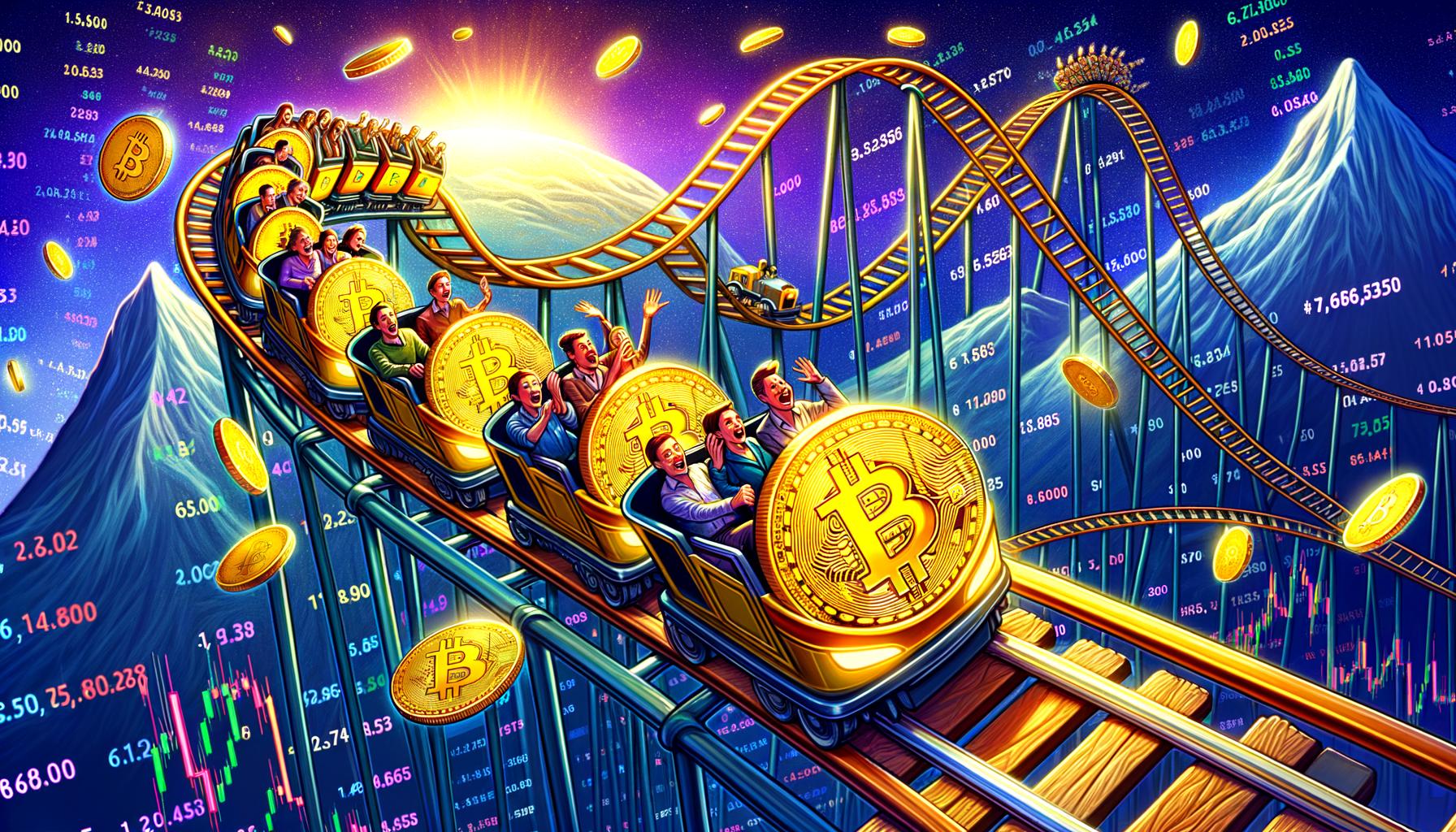
Reason to trust

Strict editorial policy that focuses on accuracy, relevance, and impartiality
Created by industry experts and meticulously reviewed
The highest standards in reporting and publishing
Strict editorial policy that focuses on accuracy, relevance, and impartiality
Morbi pretium leo et nisl aliquam mollis. Quisque arcu lorem, ultricies quis pellentesque nec, ullamcorper eu odio.
Bitcoin price started a recovery wave above the $85,500 zone. BTC is trimming all gains and might decline again toward the $80,000 zone.
- Bitcoin started a decent recovery wave above the $84,500 zone.
- The price is trading near $83,500 and the 100 hourly Simple moving average.
- There was a break below a connecting bullish trend line with support at $85,000 on the hourly chart of the BTC/USD pair (data feed from Kraken).
- The pair could start another increase if it stays above the $82,200 zone.
Bitcoin Price Dips Sharply
Bitcoin price managed to stay above the $82,500 support zone. BTC formed a base and recently started a decent recovery wave above the $83,500 resistance zone.
The bulls were able to push the price above the $84,500 and $85,500 resistance levels. The price even climbed above the $88,000 resistance. A high was formed at $89,042 and the price started a sharp decline. There was a drop below the $86,000 and $85,000 levels.
There was a break below a connecting bullish trend line with support at $85,000 on the hourly chart of the BTC/USD pair. A low was formed at $82,141 and the price is now consolidating near the 23.6% Fib retracement level of the recent decline from the $89,042 swing high to the $82,141 low.
Bitcoin price is now trading near $83,500 and the 100 hourly Simple moving average. On the upside, immediate resistance is near the $84,000 level. The first key resistance is near the $85,000 level.
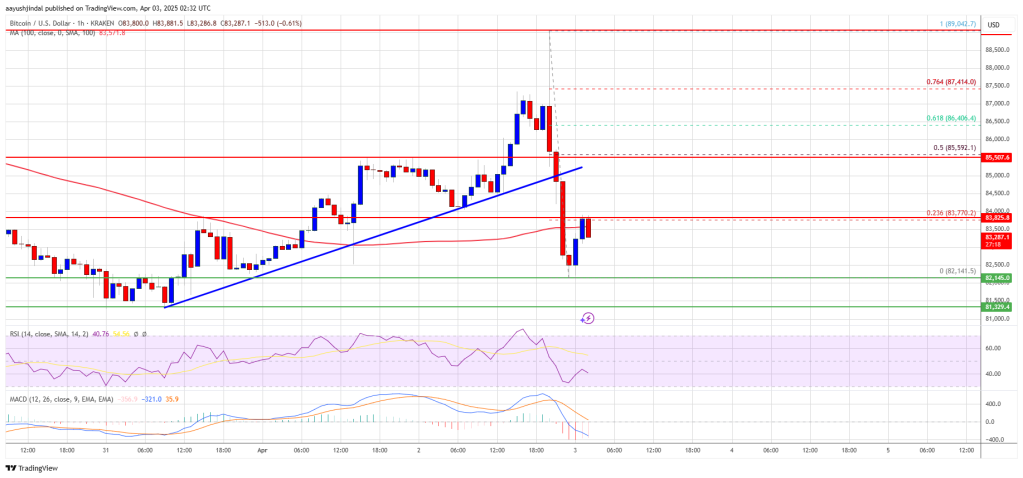
The next key resistance could be $85,550 and the 50% Fib retracement level of the recent decline from the $89,042 swing high to the $82,141 low. A close above the $85,550 resistance might send the price further higher. In the stated case, the price could rise and test the $86,800 resistance level. Any more gains might send the price toward the $88,000 level or even $88,500.
More Losses In BTC?
If Bitcoin fails to rise above the $85,000 resistance zone, it could start a fresh decline. Immediate support on the downside is near the $82,800 level. The first major support is near the $82,200 level.
The next support is now near the $81,350 zone. Any more losses might send the price toward the $80,500 support in the near term. The main support sits at $80,000.
Technical indicators:
Hourly MACD – The MACD is now losing pace in the bearish zone.
Hourly RSI (Relative Strength Index) – The RSI for BTC/USD is now below the 50 level.
Major Support Levels – $82,800, followed by $82,200.
Major Resistance Levels – $84,200 and $85,500.
-

 Market23 hours ago
Market23 hours agoVanEck Sets Stage for BNB ETF with Official Trust Filing
-

 Market22 hours ago
Market22 hours agoBNB Price Faces More Downside—Can Bulls Step In?
-
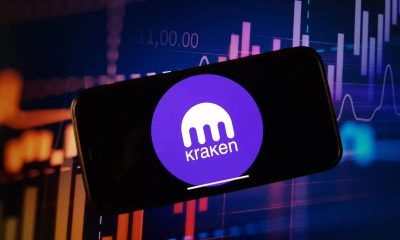
 Regulation17 hours ago
Regulation17 hours agoKraken Obtains Restricted Dealer Registration in Canada
-

 Bitcoin22 hours ago
Bitcoin22 hours agoTokenized Gold Market Cap Tops $1.2 Billion as Gold Prices Surge
-

 Bitcoin18 hours ago
Bitcoin18 hours agoLummis Confirms Treasury Probes Direct Buys
-
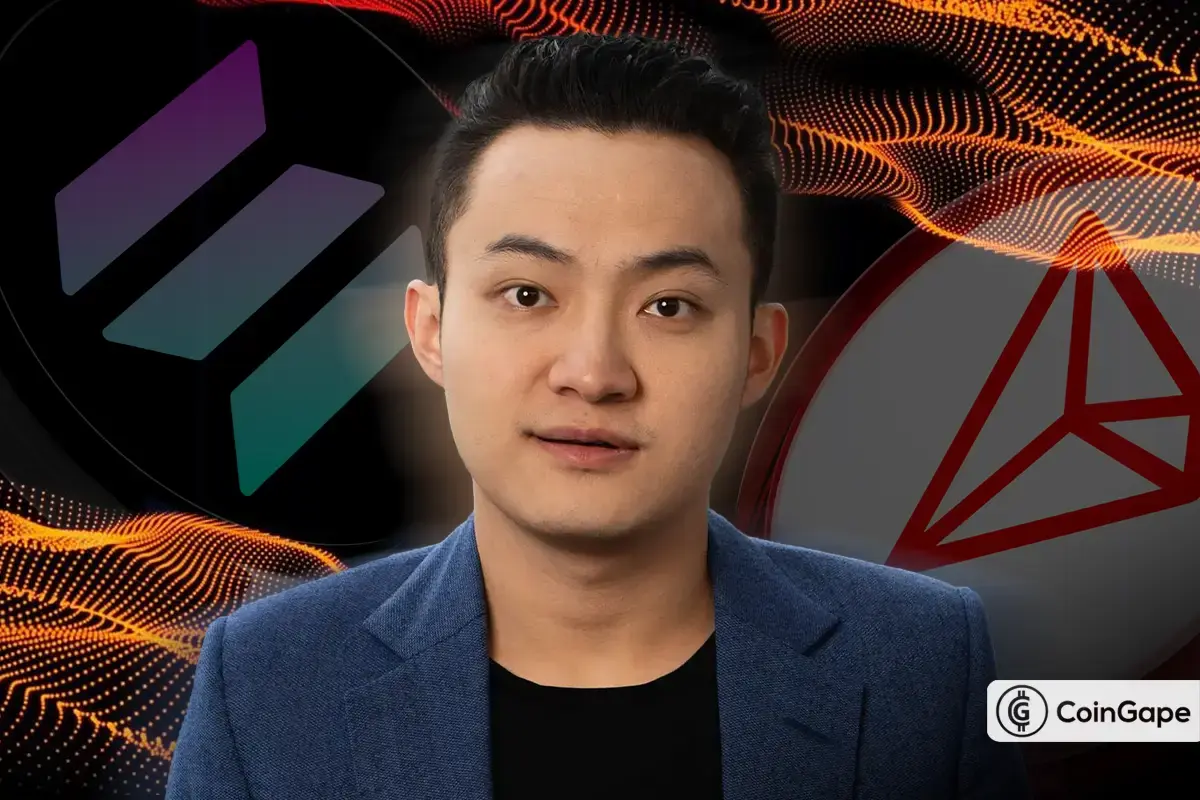
 Altcoin9 hours ago
Altcoin9 hours agoFirst Digital Trust Denies Justin Sun’s Allegations, Claims Full Solvency
-
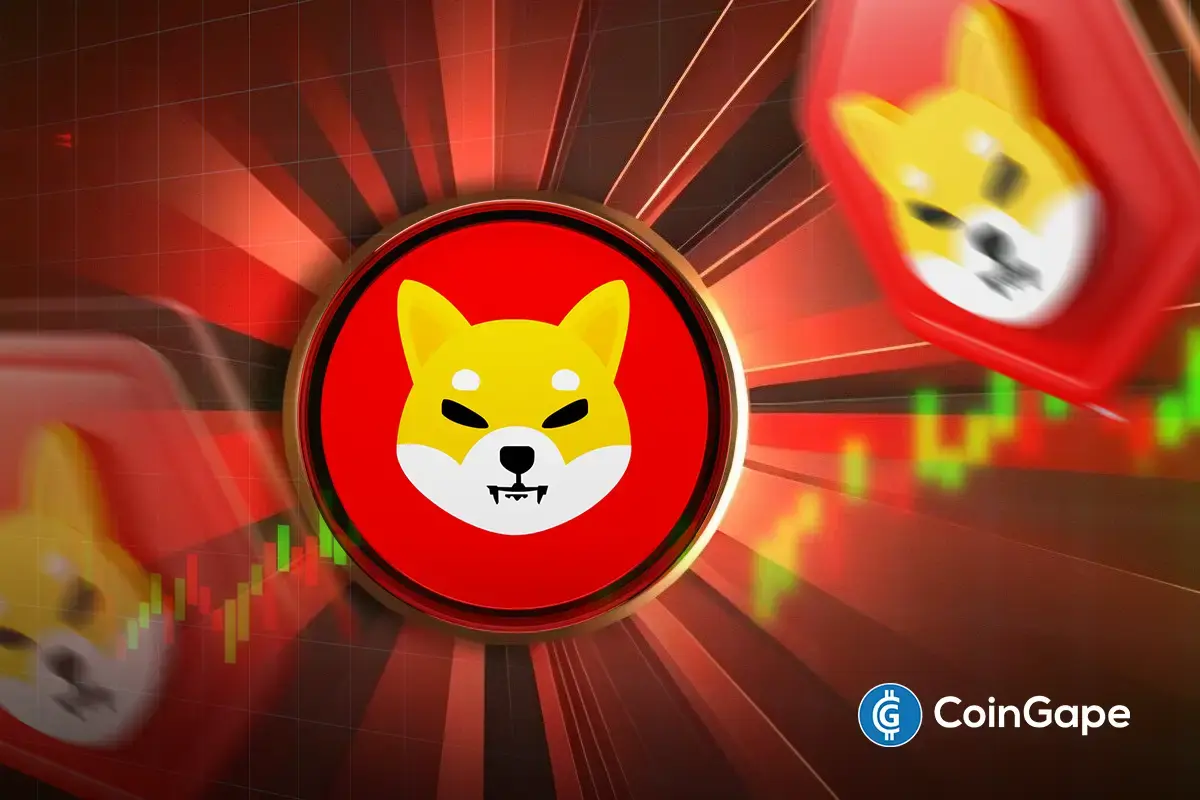
 Altcoin21 hours ago
Altcoin21 hours agoWhat’s Fueling The Shibarium Boost?
-

 Altcoin19 hours ago
Altcoin19 hours agoFranklin Templeton Eyes Crypto ETP Launch In Europe After BlackRock & 21Shares




